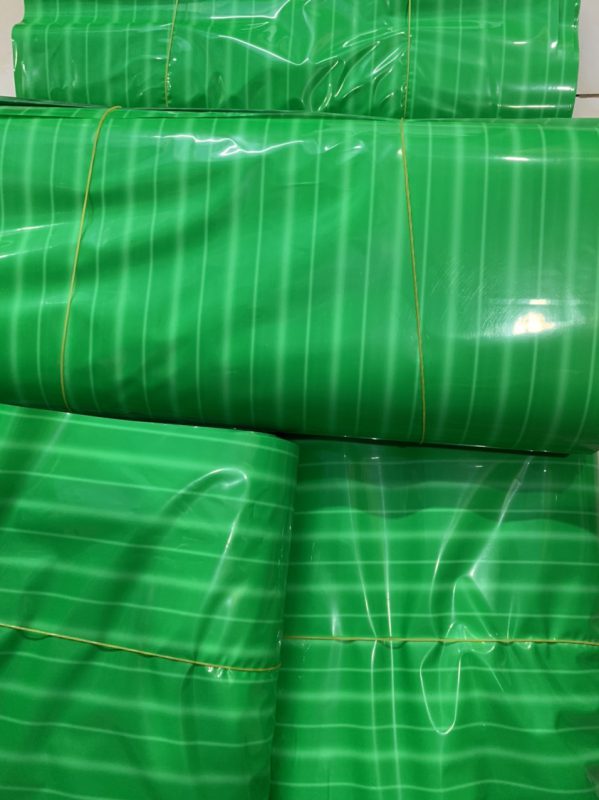News
What is food packaging? Types of food packaging
Food packaging is one of the most interesting products today. In addition to the aesthetics of the product, the packaging is also related to the safety of the product. Join us to learn more about food packaging and packaging types on the market.
- What is food packaging?
Food packaging is a special industrial product used to contain and pack food products, to protect the use value of food, create favourable conditions for transportation, and easy loading and unloading. easier and goes hand in hand with better food preservation and consumption process.
In addition, food packaging, in particular and packaging in general, is also a bridge between producers and consumers. Packaging is a brand representative, a tool to show images and information of goods to convince consumers of trust and choice.
- Types of food packaging
2.2 Food packaging materials made of foam, paperboard or plastic
For fresh foods such as meat, it is common to see food packaging materials such as baskets and trays made from foam, cardboard or plastic. This will allow food to be held in a sturdy base covered with rigid or flexible clear plastic to allow consumers to inspect the food before purchasing.
Other foods can be packaged in flexible food packaging materials for easier handling, and more flexible packaging can also be useful for frozen foods.
As for aseptic food packaging, they are available for products such as pasteurised milk, canned foods, and soups. This packaging can be in the form of a jar, or it can and can be a cardboard box designed to be shelf stable. However, the food inside may not be visible because the packaging needs to protect the food from light. Some other stabilised forms are cartons used for orange juice, milk and other liquids that can be sold raw.
For dry goods, cardboard and plastic containers are popular while preparing foods such as dried shrimp and scallops, as they may require plastic or glass containers. These food packaging materials can keep food safe until use and allow the opportunity to see the food through the packaging materials.
However, fresh foods such as meat and seafood are sold from the counter and can be packaged in paper food packaging, plastic packaging, and plastic bags.

2.3 Food packaging made of aluminium
Another form of food packaging material is aluminium. Aluminum is the most common, inexpensive, easy to manufacture, and eco-friendly because they are made of recycled and recyclable materials. This material is perfect for storing canned goods, fish and meat in pots as an inner lining for plastic bags or a cover for food stored in plastic trays.
2.4 Types of food packaging materials made of PE, HDPE
Low-density polyethylene PE bags are heat-sealed, odourless and shrink when heated. They have a good moisture barrier but are also highly air permeable and sensitive to oil. This material is less expensive than most food packaging materials and is widely used. High-density polyethylene is generally thicker, stronger, more brittle and less flexible than low-density polyethylene because they have a lower permeability to moisture and gases. They are also chemical resistant and waterproof, like HDPE bags.
>> See more products: Plastic packaging of all kinds, such as plastic bags, pp bags with tape lids, exploding foam, Pe foam

2.5 Types of food packaging materials made of wood
Wooden packaging materials transport a wide range of solid and liquid foods, including vegetables, fruits, beer and tea.
This material offers good stackability and mechanical protection and has a high weight-to-strength ratio.
The use of wood is still used for wines and spirits because the transfer of flavour compounds from the casks can improve the quality of the product.
One advantage to using wooden food packaging materials is that they can hold foods together and protect them from being crushed.

2.6 Types of food packaging materials from iron and plants, terracotta
Several other traditional food packaging methods are still used in this era, such as foil and earthenware. Leaves are from banana leaves or lotus leaves, and palm leaves. They are the most common and widespread leaves used to wrap foods such as spring rolls, nuggets… and some cheeses or used to wrap seasonings. They are a great solution for products consumed quickly because they are readily available and inexpensive.
Terracotta is also commonly used worldwide to store solid and liquid foods such as yogurt, beer and honey. They are made with wooden lids, foil, plastic sheeting, cork and other combinations of materials to seal the pots. The unglazed terracotta is very nice.
Suitable for products that need cooling, like curd, glass pots store liquids like honey, wine and oils as they are airtight and moisture resistant if they are sealed.
Hopefully, the above sharing will help you better understand food packaging. If you need assistance with pricing and suitable packaging, please contact us immediately!
